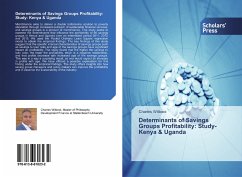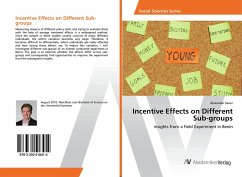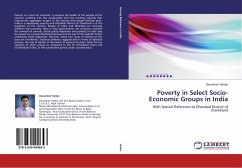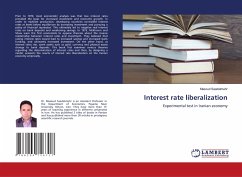
Employment among Social Groups in India since liberalization
Versandkostenfrei!
Versandfertig in 6-10 Tagen
33,99 €
inkl. MwSt.

PAYBACK Punkte
17 °P sammeln!
India launch the economic reforms during the year 1991 with subsequent removal of trade restrictions and other economic controls, it was widely believed that this would result in expansion of the economy, higher output growth and hence creation of new employment opportunities which will lead to fall in the level of poverty and inequality. But the jobless growth after post reform period has excluded the poor from development process in general and weaker sections in particular.The rich have benefited more than the poor, the towns and cities more than the villages, the upper castes more than the...
India launch the economic reforms during the year 1991 with subsequent removal of trade restrictions and other economic controls, it was widely believed that this would result in expansion of the economy, higher output growth and hence creation of new employment opportunities which will lead to fall in the level of poverty and inequality. But the jobless growth after post reform period has excluded the poor from development process in general and weaker sections in particular.The rich have benefited more than the poor, the towns and cities more than the villages, the upper castes more than the lower castes. Government of India would not only take into account economic goals, but also consider social aspects like providing access to deprived section to participate in the development process and several programmes for employment and poverty elimination launched time to time for social deprived sections but desirable outcome is still far.












